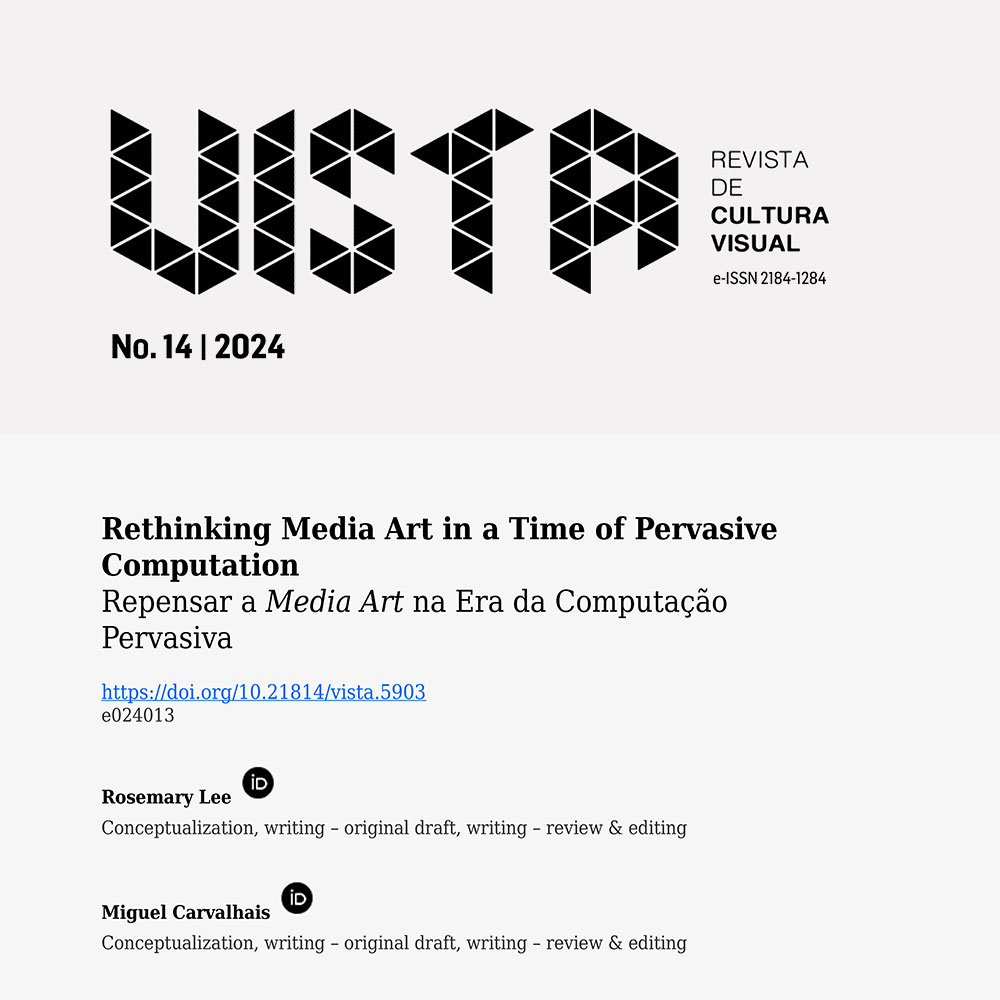Rethinking Media Art in a Time of Pervasive Computation

As its aesthetics, methods, and conceptual focus have, in many respects, merged with those of mainstream contemporary art, the boundaries of media art have become more unclear than when the use of technology in art was more of a rare occurrence. While the term “media art” may be helpful in designating a particular sphere of practice and discourse, its current meaning has shifted as a result of changing contexts surrounding the use of technology in art. From its close association with "new media" such as the digital computer, the internet, screen-based media, and interactive systems in the early days of media art as a field, this term now bears re-evaluation in light of the pervasive use of technology we are familiar with in the post-digital condition. As many of these defining forms of new media have lost their novelty and have also been adopted in mainstream artistic practices, media art may be defined less by its engagement with specific media than by stylistic and referential aspects derived from its historical lineage. This paper draws comparisons between early discussions on media art and recent developments in this area with the aim of developing insights into whether and in what capacity media art remains relevant as a term for addressing technologically engaged contemporary artistic practices. By considering media art in such terms, this investigation reconsiders what may be regarded as defining aspects of the field, enquiring into what potential this reframing may have for practitioners and theorists working with this topic.